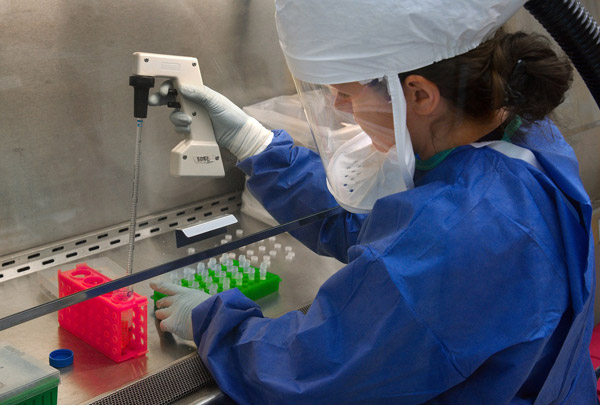
A new study published in the journal JAMA Neurology suggests that a stem cell procedure can be used to treat a condition called myasthenia gravis. Myasthenia gravis is a debilitating neuromuscular condition that leads to muscle weakness.
The symptoms of myasthenia gravis include drooping eyelids, difficulty breathing, trouble swallowing and chewing, difficulty speaking, and problems with neck movement. The condition is classified as an autoimmune disease. It is caused by antibodies in the immune system blocking important receptors that help nerves communicate with muscles.
Conventional therapies are effective at reducing the symptoms of this disease, but some patients are resistant to those therapies. This new stem procedure may be useful for treating those patients.
The stem cell procedure featured in the study reboots the immune system, which stops it from mistakenly blocking the links between nerves and muscles.
Several patients with severe myasthenia gravis were treated with the stem cell procedure and monitored for several months by researchers at the Ottawa hospital in Canada. The procedure first involves the patient’s immune systems being reset. They then receive a transplant of autologous hematopoietic stem cells, which reboots the immune system — without the autoimmune issues causing myasthenia gravis.
Researchers discovered that all patients treated with stem cells became completely free of myasthenia gravis and no longer needed treatment. This stem cell procedure has also been tested on multiple sclerosis and stiff person syndrome in the past.
Because there are some significant side effects and risks associated with this procedure, it will only be used on patients who are resistant to traditional forms of treatment. However, it is expected to help thousands of people who have been battling this debilitating illness.
Source: Stem cell procedure sends patients with severe myasthenia gravis into remission
{{cta(‘010124f3-c9bc-4a23-b9fc-74953e6288c9’)}}


